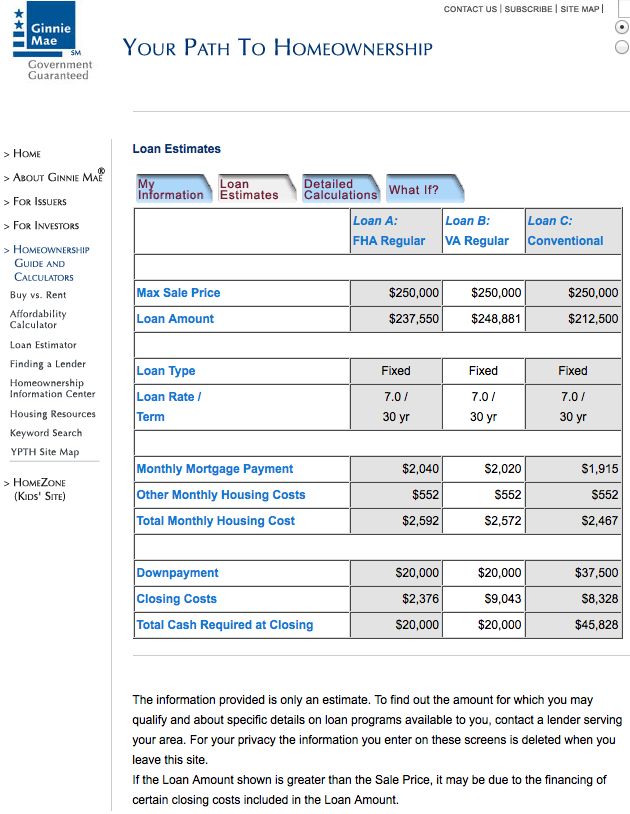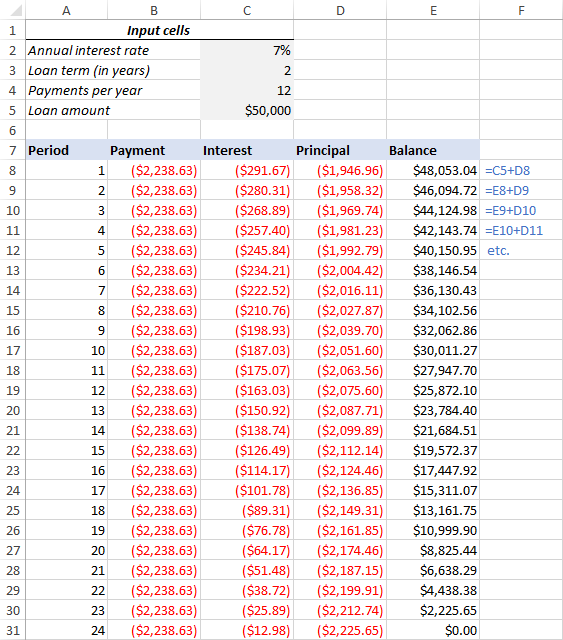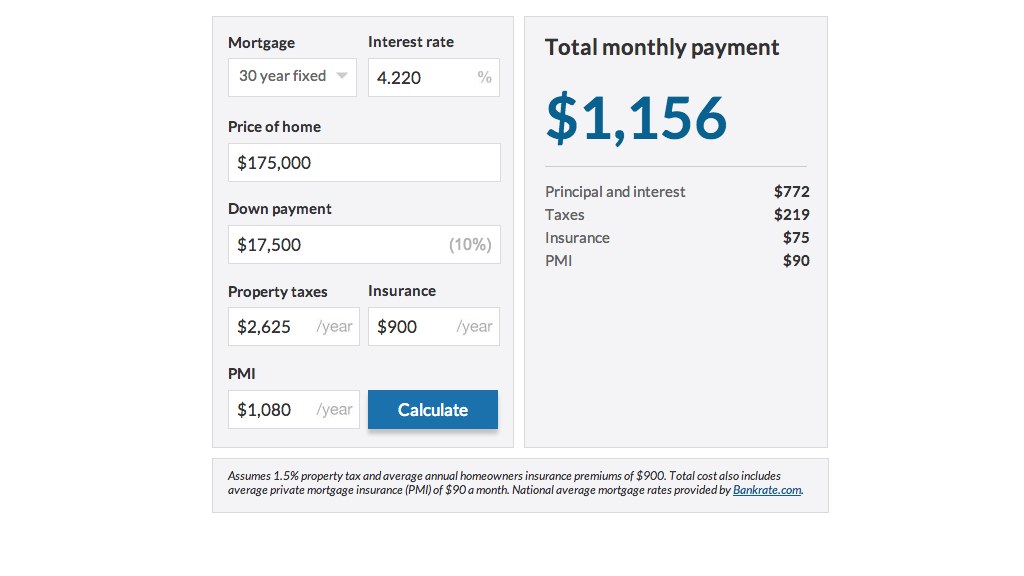

This site does not include all companies or products available within the market. The compensation we receive for those placements affects how and where advertisers’ offers appear on the site. First, we provide paid placements to advertisers to present their offers. This compensation comes from two main sources.
#Loan calculator monthly for free#
To help support our reporting work, and to continue our ability to provide this content for free to our readers, we receive compensation from the companies that advertise on the Forbes Advisor site. The Forbes Advisor editorial team is independent and objective. Lender requirements vary but in general, you’ll need to have at least 20% equity in your home to qualify for a loan. Lenders typically prefer your DTI to be less than 43% (though some will allow slightly higher) and an LTV of no more than 80%. Lenders will check your credit score, income, debt-to-income (DTI) ratio and maximum loan-to-value (LTV) ratio. You’ll have to prove creditworthiness, or that you can repay the loan. Qualifying for a home equity loan is similar to qualifying for a mortgage. At the end of the draw period, you’ll enter the repayment period, during which you’ll repay the loan over several years. In the draw period, you can borrow money up to your credit limit as many times as you want, and you only have to make monthly payments to cover the interest owed for the month. HELOCs are divided into two different parts-the draw period and the repayment period. While you get the entire amount upfront with a home equity loan, a home equity line of credit allows you to borrow up to a certain amount against the value of the home on an as-needed basis. HELOCĪ home equity loan works differently when compared to a home equity line of credit (HELOC). Interest rates on home equity loans are fixed and generally lower than rates for credit cards or personal loans. The longer you take to pay it off, the more interest you’ll end up paying. The repayment timeline can range from five years to 30 years, depending on the terms of your loan. They are considered a second mortgage.īorrowers will receive their loan in one lump sum. Home equity loans are a type of loan that uses your home as collateral and allows you to borrow against that equity. As a result, the borrower pays interest on the entire loan. The borrower receives the entire loan amount upfront-instead of having a line of credit to draw on as needed. The homeowner can borrow up to 85% of their home equity, to be paid back monthly over a five- to 30-year period depending on the loan term.



While the calculator can give an estimate of how much you can borrow, talk to your lender to get accurate results based on a wider range of information.Ī home equity loan is a fixed-rate, lump-sum loan whose amount is determined by how much equity the borrower has in their home. If you don’t have enough equity in your home or your credit score is low, you may not qualify for a home equity loan. The calculator will estimate your loan amount based on this information. The outstanding balance of your mortgage and any other loans secured by your home.To get started, you’ll need three main pieces of information:
#Loan calculator monthly how to#
How To Use the Home Equity Loan Calculator The remaining total is the amount of equity you have in your home. To find out how much equity you have, first, get the most recent appraised value then subtract your mortgage balance and any loans secured by your home-like a home equity loan or home equity line of credit (HELOC)-from that value. Home equity is the difference between how much your house is currently worth and how much you owe on it.


 0 kommentar(er)
0 kommentar(er)
